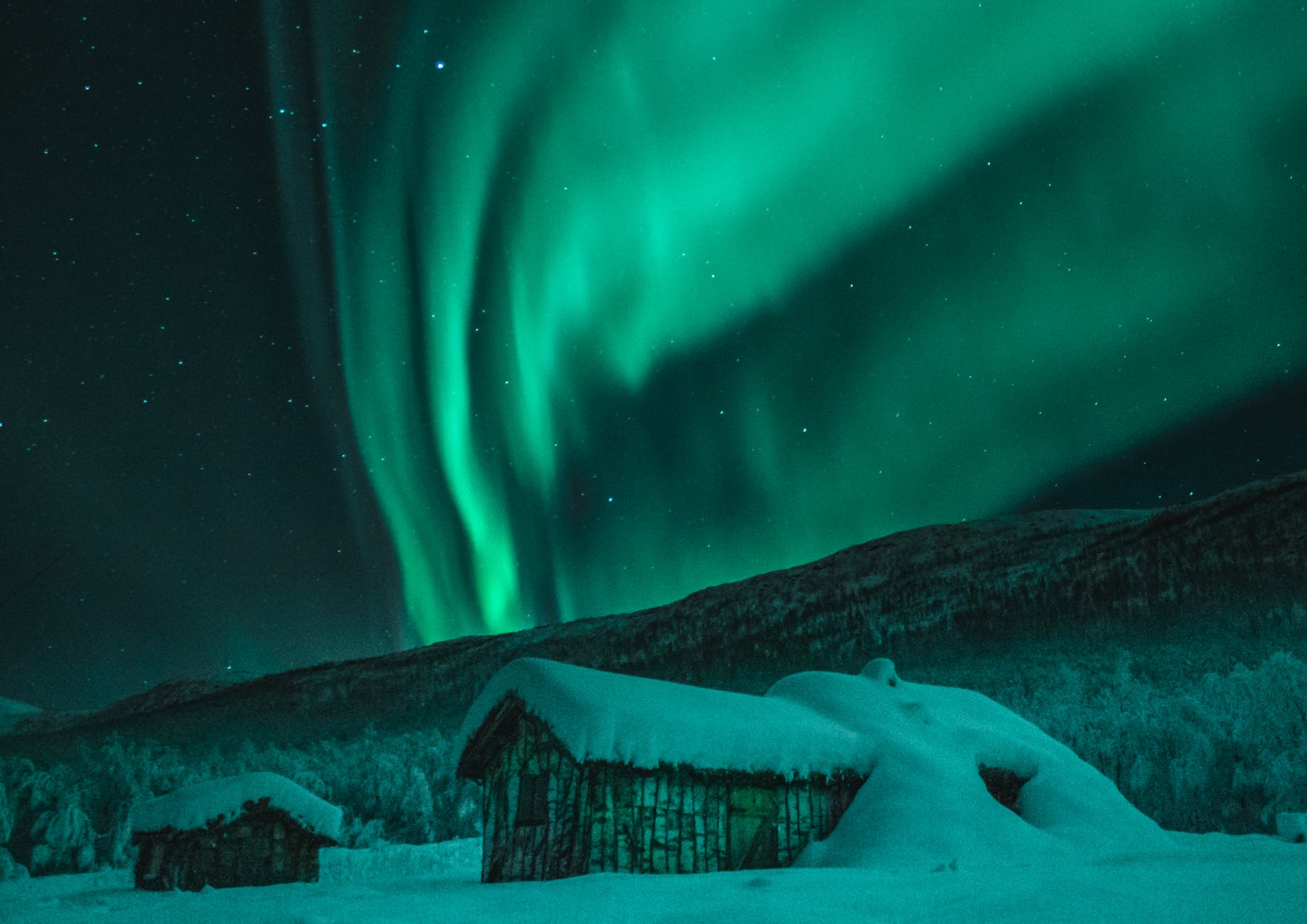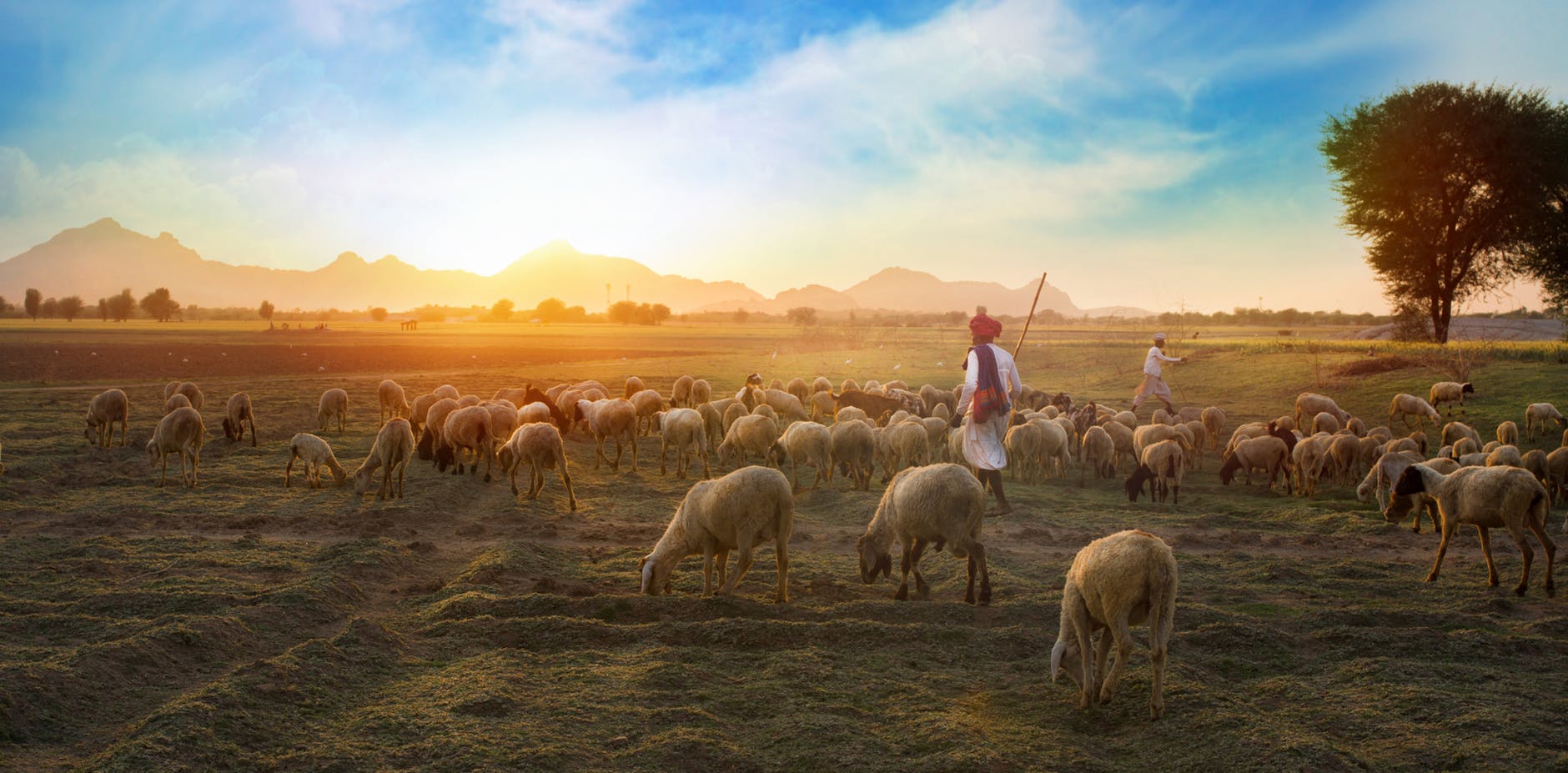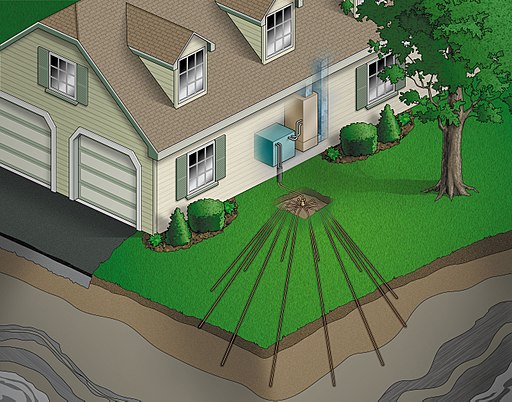
Photo by Tobias Bjørkli on Pexels.com
As we observe the winter solstice, my thoughts have turned to how solarpunks approach winter. As the days turn dark and cold, how does a society dependent on the sun continue to prosper?
Finland
If anyone knows about how to approach long nights, it’s the people who live at the poles. Finland, which was recently rated the world’s happiest country, has no shortage of darkness given it’s proximity to the Earth’s North Pole. In the northernmost parts of the country, the sun doesn’t rise for 51 days in the winter. Why are they so happy then? A stable government with minimal corruption is probably a contributing factor, along with free healthcare and college programs. In the Nature Fix, author Florence Williams suggests it’s the access to nature. Provided you don’t cut down anyone’s trees or damage their property, there’s no such thing as trespassing in Finland. Unlike in the United States where fences and no trespassing signs prohibit free passage, you can hike from one end of Finland to another without running afoul of the law. Also, the combination of low population density and relatively late urbanization, most of Finland’s population is only minutes away from a Nordic walk in the woods or one of the many wintertime diversions available to residents such as ice skating or cross country skiing. For more, check out this Buzzfeed article that is a nice summary of how Fins stay happy, no matter the weather.

Photo by kailash kumar on Pexels.com
Wool
While the vegans in the audience will groan, I feel wool is one of the best resources we have when it comes to staying warm in the wintertime. Since wool is a material that can be harvested without harming the sheep, it seems like a win-win to me. It’s important to look at how you’re sourcing the wool when you get it, but wool from a well-treated sheep will keep you warm at the expense of them getting a haircut. Is wool cheap? No. But, it mother nature has taken millions of years plus a few hundred of human intervention to develop a fabric that breathes well, is the bomb at temperature regulation, and like all natural fibers, is biodegradable. That last part is important since so much of the microplastics in the ocean are coming from washing our synthetic fabrics. REI has a great article about sustainable clothing and textile choices for more info on wool and other options to stay warm in the winter/

DX system in a house by WGisol under a CC BY-SA 4.0
Geothermal heat pumps
One way to make sure things stay toasty is with geothermal, or ground source, heat pumps. Often overlooked as a source of clean power, geothermal electricity generation isn’t something that works in all areas. Geothermal heat pumps work just about anywhere though to help keep things nice and warm inside with a minimal investiture of electrical power. In short, geothermal heat pumps replace the HVAC (heating, ventilation, and air conditioning) system of a building and use the Earth as a heat sink. Since the ground is roughly 18 Celsius in most places, you can cool in the summer and heat in the winter with little energy expenditure. According to Wikipedia, these systems offer a 44-75% increase in efficiency over more traditional heating systems. The US Department of Energy has a good overview of the technology.
Solar fluid
In an interesting development announced last month, scientists at Chalmers University of Technology in Sweden have developed a fluid that can store solar energy for up to 18 years. So, excess capacity in the summer could be stored into the winter from your solar array and retrieved when needed. Since the system is heat storage, it can be converted to electricity, or could be used as a means of storing summer’s warmth to heat your home in the winter. The original paper can be found here in Energy and Environmental Science.

Moth Wings Cape by CostureoReal on Etsy
Lunarpunks
I would be remiss to not mention our lunarpunk cousins here when talking about the darkest time of the year. Lunarpunks are the night dwellers of solarpunk society. They are a subculture within our subculture, favoring the night. Biomimmicry of bioluminescent creatures, moth-themed cloaks, and gossamer fabrics fluttering in the night breeze are some of the aesthetic influences here. Winter would be the lunarpunk’s time to be more active, hosting all kinds of events in the cooler nights from art displays to street festivals.
Do you have any thoughts on what solarpunk winters might be like? Let us know below, or consider submitting a story to World Weaver Press’s call for stories for their Solarpunk Winters anthology which opens in January!
another technology that would help in winter would be these solar panels that can also generate power from rainfall: https://www.iflscience.com/technology/solar-panels-every-weather-condition/
These would come in handy in places like the UK where our dark season aslo tends to be our wet season.
Awesome! I hadn’t seen those panels before. Having to reverse them for operation seems annoying, but I suspect you could make some sort of trough to funnel the rainwater to the backside instead to avoid that issue.
If I remember correctly, California is also rainier in the winter, but I might be wrong about that. It’s always rainy here in Virginia, so it could still be useful for dual generation on rainy days.
Pingback: Solarpunk Winters – The Solarpunk Druid